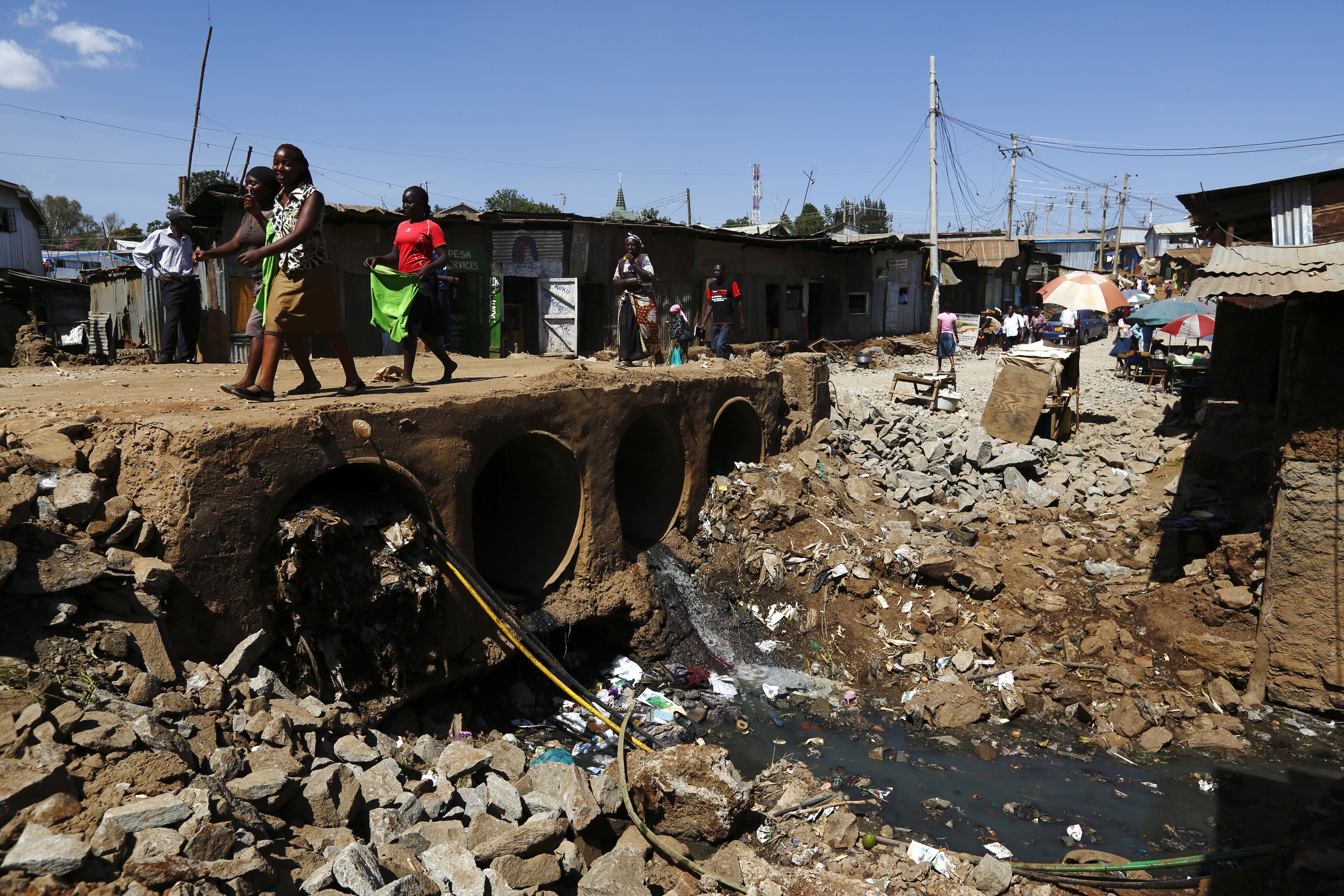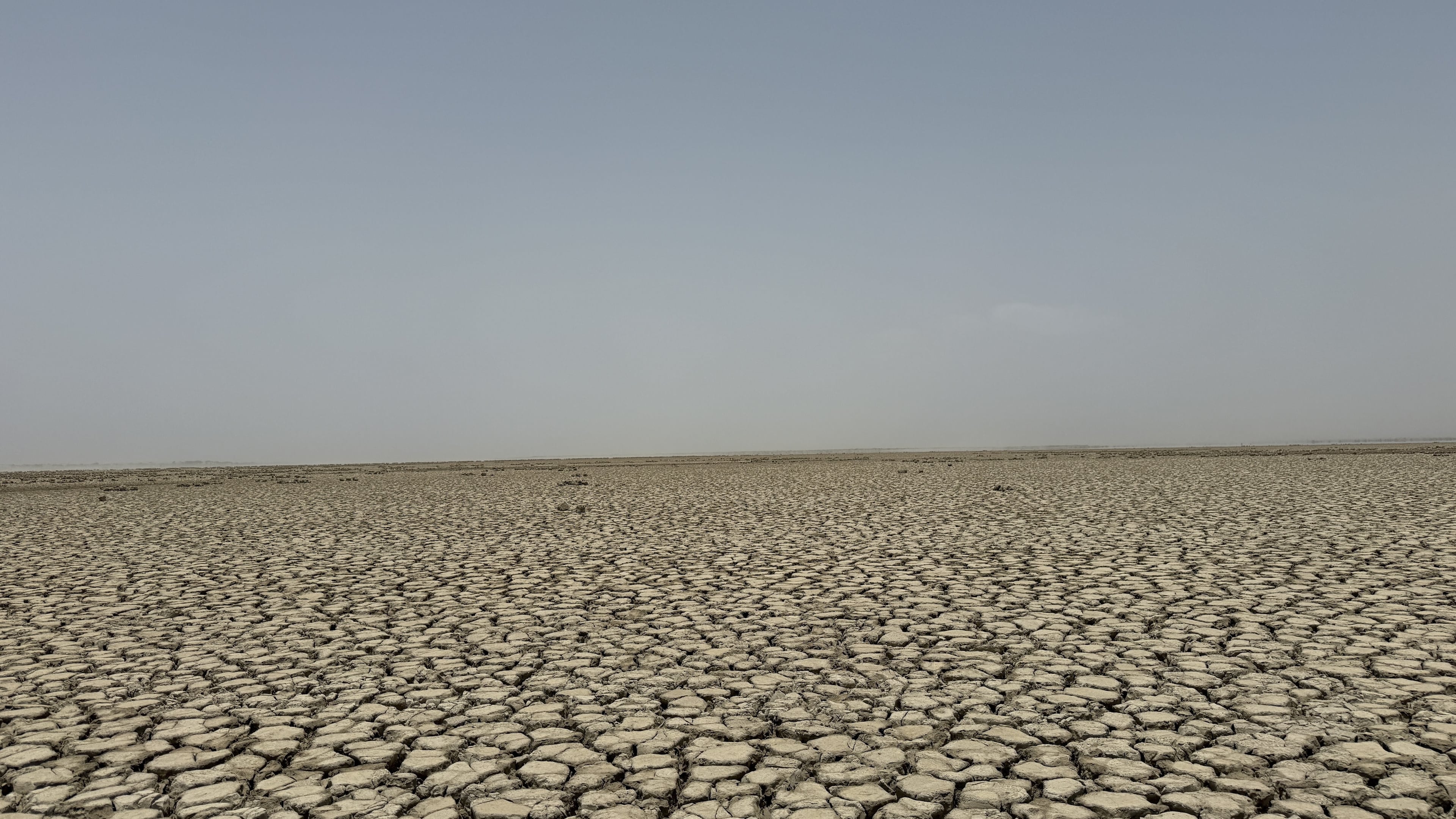How can investing in food security help us create a better future?

Rising commodity prices, risk of food shortages, and the lingering impact of the pandemic have triggered a concern for food security. Image: Pexels/Huy Phan
Darren Rabenou
Global Head of Food & Agriculture; ESG Private Markets Strategy; Real Estate & Private Markets Group, UBS Asset Management- Rising commodity prices, risk of food shortages and the lingering impact of the pandemic have triggered a concern for food security.
- Investors play an important role in providing much-needed capital to bring down the cost of food at scale.
- One-third of all food produced globally is lost between farm and fork, presenting an opportunity for investment in capital-intensive links of the food value chain.
Rising commodity prices, risk of food shortages, as well as the lingering impact of the pandemic, have triggered a concern for the availability and accessibility of food around the world. To alleviate the growing threats to global food security, more food infrastructure investment that supports scale is required. While there are many routes to success, investors play an important role in providing much-needed capital that can bring down the cost of food at scale.
The entire food value chain, from farm to fork, is a significant driver of a country’s GDP, with the U.S. Department of Agriculture stating that agriculture, food and related industries contributed $1,264 trillion to U.S. GDP in 2021, or around 5.5%. Food, and specifically food prices, possibly have a bigger impact on the global economy than this figure suggests, as it tends to be a disproportionate contributor to inflation, especially in developing countries.
Certain links in the food value chain are capital-intensive to run and present an opportunity for investment to significantly enhance the efficiency, and security, of food production. According to the World Resources Institute, one-third of all food produced globally by weight is lost between farm and fork. Consequently, investors who focus on the more capital-intensive side of food investment can have a big impact on global food security and affordability for consumers.
The investment opportunity begins on the farm. Collaborating with farmers to adopt crop and regional best management practices that benefit both their operations, the planet and retailers helps balance issues of sustainability and scale.
Sustainable farmland management and ingredient sourcing standards, such as Leading Harvest, of which UBS Asset Management is a founding member, helps investors work together with farmers to establish these key practices. These standards will eventually be adopted in other markets (including developing countries) that supply critical food commodities to global consumer food companies. Whether it is sustainably sourced cocoa for chocolate production, soybeans or coffee, developing countries will have to start addressing issues such as water conservation, deforestation and fair labour practices if they continue to supply developed market consumers.
When looking at food infrastructure, such as temperature-controlled food processing and cold storage facilities for refrigeration, there is a significant opportunity to improve efficiency through investment. Improved food infrastructure can help reduce food waste, ensure availability of perishable goods year-round, support resilient supply chains and ultimately enable lower food costs to end-consumers. Food waste makes upwards of 25% of landfill and is a disproportionate negative CO2 contributor as well.

The average cold storage facility in the U.S. is between 40 to 50 years old, and many are in dire need of upgraded technology. Yet despite the growing demand for organic or perishable foods such as fruits and vegetables, cold storage has been a relatively under-appreciated infrastructure investment due to the higher build costs and greater specialisation of units. In 2021, Acumen Research and Consulting estimated that by 2030 the global cold storage market could be $324 billion.
Up until now, investors have largely chosen to focus on high-growth opportunities related to food security and sustainability. Investors have utilised venture capital and opted for experimental ideas, however many of these innovations have struggled to scale, often because the costs of implementation are too high.
Vertical farming, the practice of growing food in vertically stacked layers, was once hailed as a revolutionary solution to enhance food production and security in urban areas. Unfortunately, the industry still needs to demonstrate that its cost of production can be equally competitive to traditional farming. It also has other environmental and scarce resource challenges to overcome.
Cold storage, in comparison, may not be as revolutionary as vertical farming, but reliable facilities to keep food fresh will help ensure accessibility and have a real impact in the fight to reduce food waste and food cost.
Infrastructure investment alone will not mitigate challenges to food security. Creating an enabling environment through supportive regulations and incentives for sustainable practices with wider industry collaboration is needed to transform food systems right across the food value chain.
Investors, farmers, scientists, governments, food companies and citizens need to come together. Collaboration with each link in the food value chain is essential. Through harnessing the collective power of these stakeholders, we can foster a collaborative environment that accelerates positive change, and better food security.
Don't miss any update on this topic
Create a free account and access your personalized content collection with our latest publications and analyses.
License and Republishing
World Economic Forum articles may be republished in accordance with the Creative Commons Attribution-NonCommercial-NoDerivatives 4.0 International Public License, and in accordance with our Terms of Use.
The views expressed in this article are those of the author alone and not the World Economic Forum.
Stay up to date:
Agritech
Related topics:
Forum Stories newsletter
Bringing you weekly curated insights and analysis on the global issues that matter.
More on Food and WaterSee all
Jean-Philippe Salcedo
August 29, 2025






